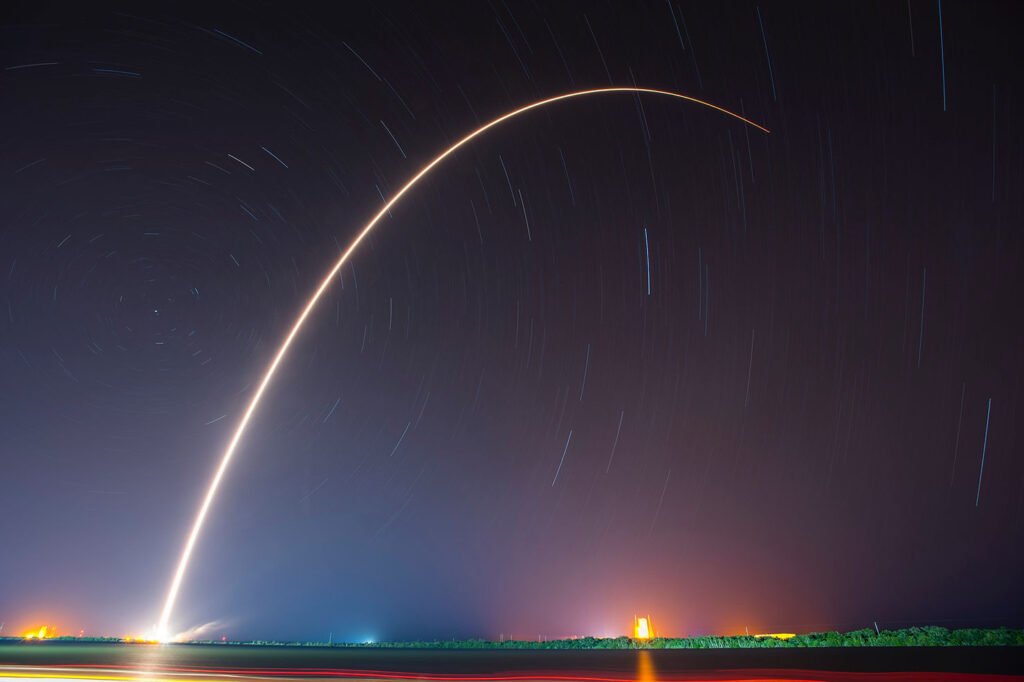
China’s Space Program in 2025: A Rising Power Shaping the Future of Space Exploration
As of 2025, China has emerged as a formidable force in global space technology, achieving significant milestones across human spaceflight, lunar and planetary exploration, satellite development, and international cooperation. With a robust government-led space agenda and a rapidly growing commercial sector, China is reshaping the landscape of space exploration and directly challenging the dominance of traditional space powers, particularly the United States.
Tiangong: A Fully Operational Space Station
China’s Tiangong space station is now fully operational and regularly hosts rotating crews of taikonauts. The Shenzhou-19 mission, launched in late 2024, delivered a new team of astronauts who continue to conduct scientific experiments, perform extravehicular activities, and install advanced systems to enhance the station’s resilience against space debris. Tiangong serves not only as a hub for domestic research but also as a platform for international collaboration, positioning China as a leader in low-Earth orbit operations.
Lunar Exploration and the Road to a Moon Landing
China’s ambitions to land astronauts on the Moon by 2030 have catalyzed the development of new technologies and missions. Central to these efforts are the Mengzhou, a next-generation spacecraft capable of carrying six astronauts to lunar and deep-space destinations, and the Lanyue, a lunar lander designed for crewed surface missions. Furthermore, China, in partnership with Russia, is spearheading the International Lunar Research Station (ILRS) initiative—a long-term project aimed at establishing a permanent human presence on the Moon during the 2030s.
Expanding Frontiers: Mars and Deep Space Exploration
China’s deep-space exploration program continues to advance following the success of the Tianwen-1 mission, which deployed the Zhurong rover on Mars in 2021. Future plans include a sample return mission and a bold target: a crewed Mars mission by 2033. Additionally, China is preparing to launch the Xuntian space telescope, which will operate in orbit close to Tiangong and feature a broader field of view than NASA’s Hubble, offering valuable insights into the cosmos.
Satellite Constellations and Communications Infrastructure
A major undertaking in China’s space strategy is the development of a vast satellite internet constellation known as Qianfan (also referred to as “Spacesail” or “G60 Starlink”). With more than 90 satellites already deployed, China aims to launch over 15,000 satellites, directly competing with SpaceX’s Starlink to provide global internet coverage. This megaconstellation is designed for dual-use purposes, supporting both civilian and potential military communication networks.
A Thriving Commercial Sector
Since opening its space industry to private investment in 2014, China has fostered a dynamic commercial space sector. Startups such as GalaxySpace, LandSpace Technology, and Deep Blue Aerospace are developing reusable launch vehicles, satellite systems, and orbital services. Backed by strong government funding and innovation policies, China’s private space enterprises are rapidly closing the technological gap with global counterparts, particularly U.S.-based firms.
International Cooperation and Space Diplomacy
China has expanded its space diplomacy, particularly in Africa, where it assists nations like Egypt in developing satellite capabilities and space infrastructure. These efforts are part of a broader strategy to build global alliances and influence through space cooperation, providing alternatives to Western-led initiatives and enhancing China’s geopolitical footprint in emerging markets.
The U.S.-China Space Race: A Strategic Competition
The competition between the United States and China has intensified into a modern space race, driven by both technological ambition and strategic rivalry. While NASA maintains a strong legacy and leadership through the Artemis program, deep-space probes, and partnerships with companies like SpaceX and Blue Origin, China’s centralized and rapidly coordinated efforts have produced results at remarkable speed. The race is no longer limited to lunar or Mars missions; it extends to satellite dominance, space-based research, commercial competitiveness, and international partnerships. As both nations pursue lunar bases, Mars exploration, and orbital infrastructure, space is increasingly becoming a frontier for geopolitical and technological supremacy.
Conclusion
China’s space program in 2025 reflects a comprehensive and coordinated push toward space leadership. With milestones achieved in space station operations, lunar and Mars exploration, and global satellite coverage, China is redefining the global space order. Whether through state-led initiatives or commercial innovation, its progress has not only elevated its own capabilities but also reshaped the strategic calculus for spacefaring nations worldwide.


